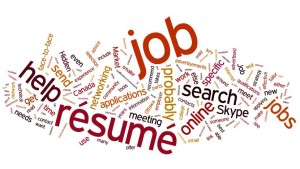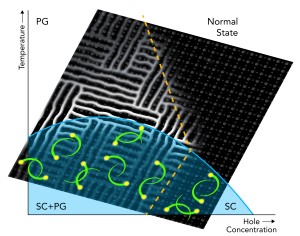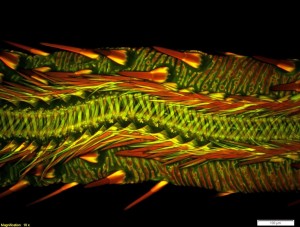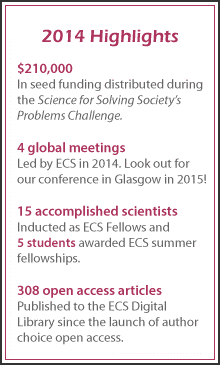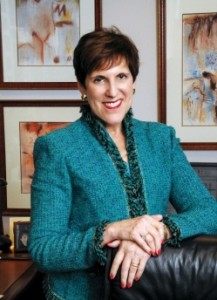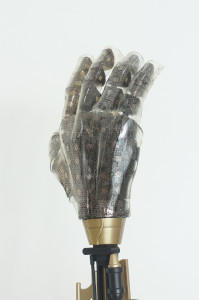ECS’s job board keeps you up-to-date with the latest career opportunities in electrochemical and solid state science. Check out the latest openings that have been added to the board.
P.S. Employers can post open positions for free!
Director of Publications
The Electrochemical Society – Pennington, New Jersey
Serves as senior staff member responsible for the overall strategic direction of the ECS publications (journals, ECS Transactions, and Interface) and all content in the ECS Digital Library. Assists with the creation and implementation of special projects and initiatives that advance the mission of the organization, which is to provide the greatest possible dissemination of the technical content. Strives to make ECS the top publisher in electrochemical and solid state science, maintaining consistency with ECS mission, goals, and objectives.


